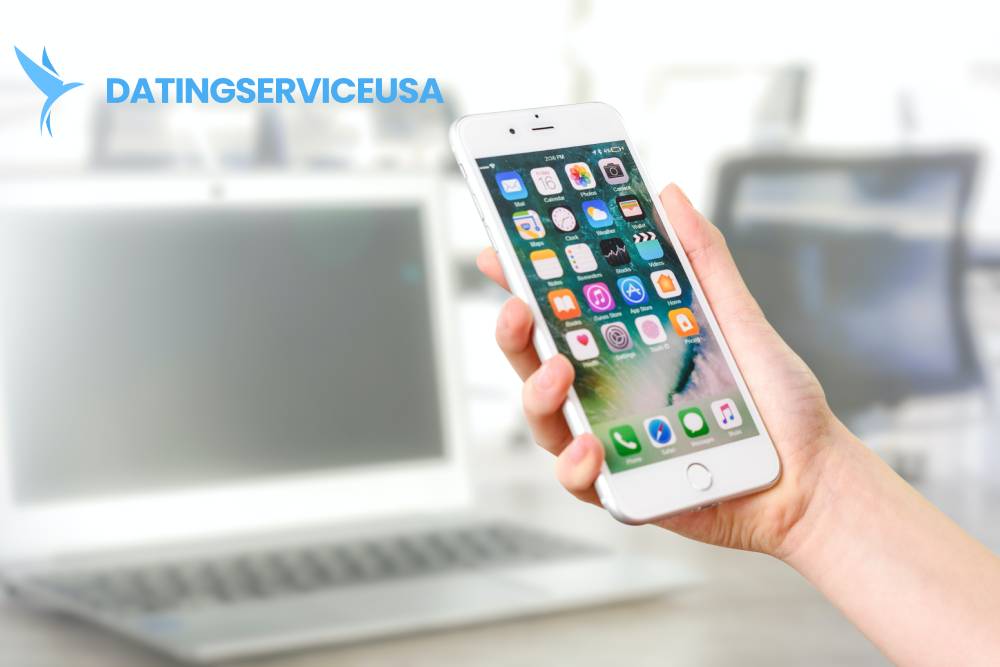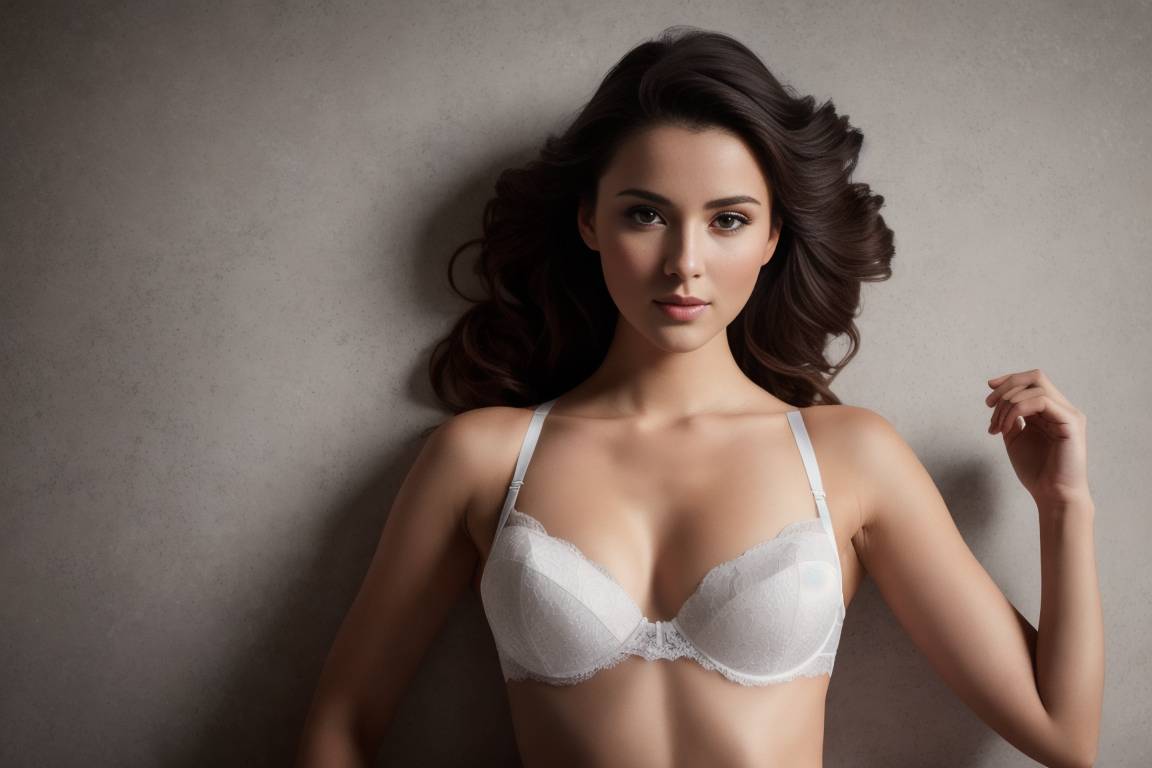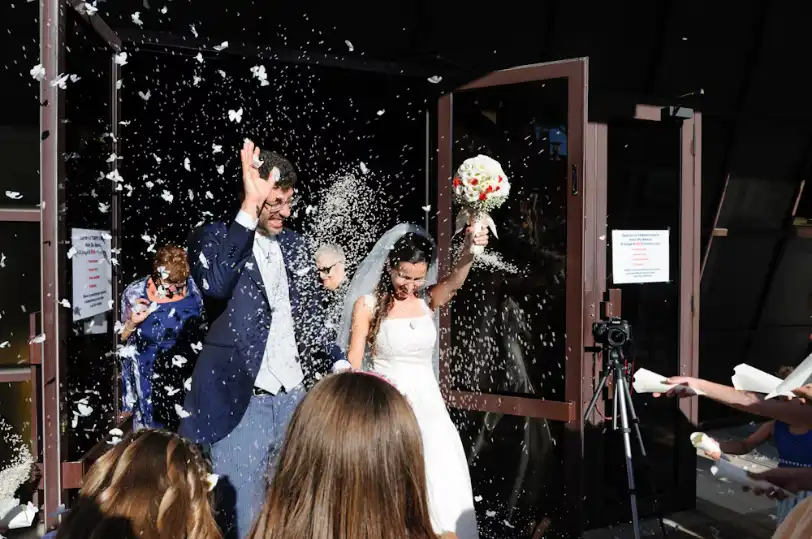From ancient whispers to modern swipes, the tapestry of human connection unfurls across millennia. This enigmatic dance has shaped societies through cultures and epochs. Picture courtship rituals in Mesopotamian gardens, where destiny intertwined with duty. Envision medieval troubadours, their verses igniting passions in stone-walled castles. Witness the birth of the romantic ideal during the Renaissance, a revolution forever altering intimacy’s landscape.
We’ll explore how the concept of attraction transformed, from arranged unions to choice. We’ll delve into myriad types of relationships defining eras, and how people navigated attraction, commitment, and sexual expression. This journey through time reveals humanity’s timeless quest for connection.
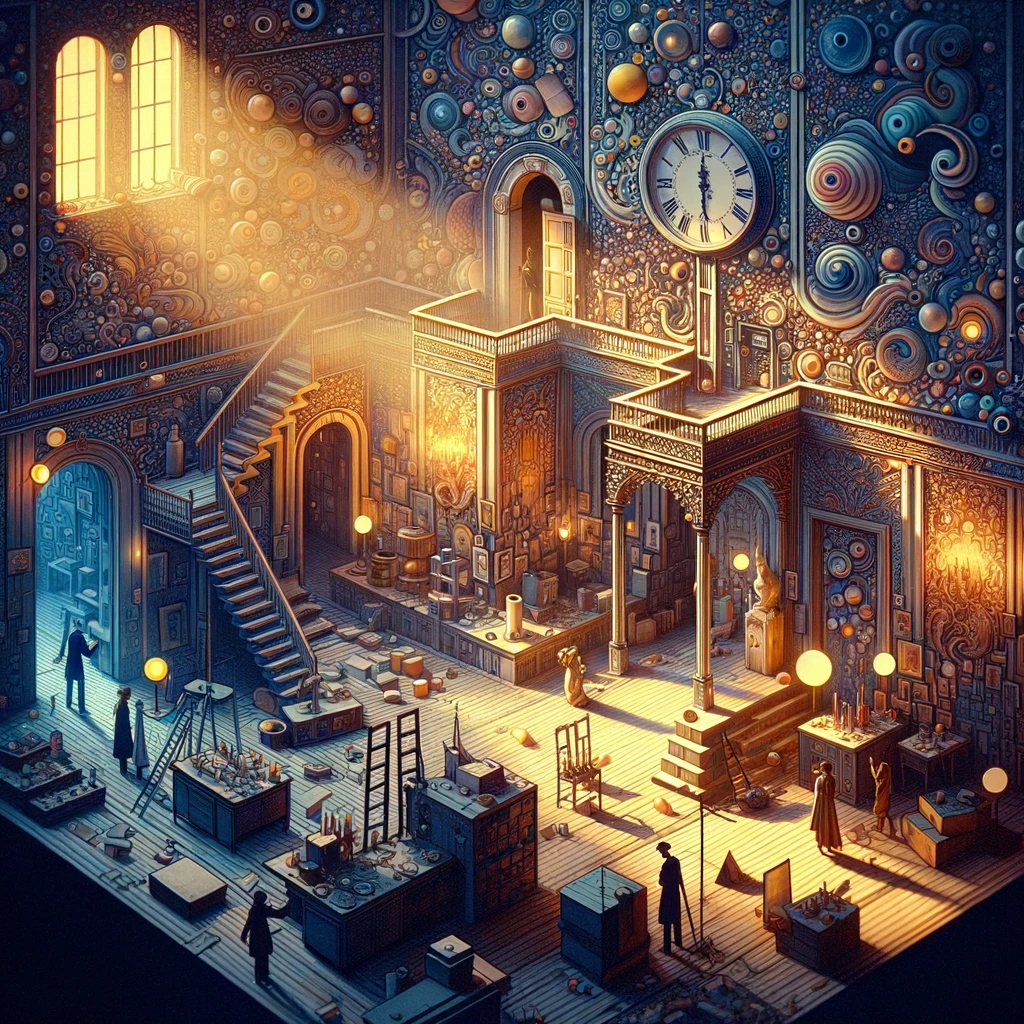
As we embark on this journey through time, let’s first explore how love blossomed in the cradle of civilization.
Ancient Love: Courtship in Early Civilizations
In the grand tapestry of human history, the threads of ancient courtship weave a tale as old as civilization itself. Across cultures, the quest for companionship took myriad forms, each reflecting the unique social fabric of its time. From the fertile crescent to the Far East, love’s journey was as diverse as the peoples who embarked upon it.
In Mesopotamia, the cradle of civilization, unions were often orchestrated affairs. Prospective partners met under the watchful eyes of elders, with gift exchanges symbolizing the merging of not just hearts, but entire clans. Meanwhile, along the Nile, nature played matchmaker as annual floods brought young people together during harvest festivals.
- Babylonian “marriage markets” saw fathers auction daughters, a practice that would shock modern sensibilities
- Greek symposiums offered rare mingling opportunities, sparking intellectual and romantic connections
- Chinese matchmakers consulted the stars, believing celestial alignments foretold marital bliss
- Indian swayamvaras allowed noble princesses to choose from competing suitors in grand ceremonies
- Persian poets penned eloquent verses, elevating courtship to an art form
These diverse customs laid the groundwork for future romantic traditions, each leaving an indelible mark on human relationships. As we unravel the intricate patterns of ancient love, we gain insight into our timeless desire for connection, a quest that continues in our online era.
With the foundations of courtship laid in ancient times, let’s see how love evolved in the age of chivalry and romance.
Medieval Romance: The Birth of Courtly Love
In the twilight of the Middle Ages, a revolutionary paradigm of affection blossomed, reshaping the landscape of romance. This era witnessed the birth of an idealized form of devotion, where knights and ladies engaged in a delicate dance of adoration and virtue. The ancient traditions of arranged unions began to wane as a new ethos emerged, celebrating the purity of unrequited passion.
This refined approach transcended mere physical attraction, elevating emotional and spiritual connections to unprecedented heights. Troubadours sang ballads of undying devotion, while poets penned verses immortalizing the ache of longing. The object of one’s affection became a paragon of virtue, inspiring noble deeds and selfless acts.
In the realm of hearts, where honor and passion intertwine, the true knight finds his greatest triumph not in conquest, but in unwavering service to his beloved’s grace. This ideal, born in the courts of Eleanor of Aquitaine, reshaped societal norms for generations.
This idealized adoration permeated literature, art, and society, introducing a new language of love rich with symbolism and allegory. Its influence continues to shape romantic expression, even in our digital age. The echoes of this phenomenon resonate in modern notions of romance, reminding us that the pursuit of love is as much about personal growth and character as it is about union with another.
As courtly love shaped medieval romance, a new era of enlightenment was about to dawn on matters of the heart.
The Renaissance of Romance: Love in the Age of Enlightenment
As the Renaissance dawned, a profound shift in romantic ideals swept across Europe. The ancient notions of arranged marriages began to wane, giving way to a philosophy celebrating individual choice and emotional connection. Intellectuals and artists championed love as the cornerstone of matrimony, a radical departure from tradition.
This era birthed the “companionate marriage,” where partners sought intellectual and emotional compatibility alongside practical considerations. Courtship evolved, with suitors engaging in witty banter and exchanging poetic love letters. The printing press revolution democratized romantic literature, shaping public perceptions of ideal relationships.
During the Enlightenment, rational thought influenced matters of the heart. Philosophers debated whether love was divine or reasoned. Salon culture emerged, allowing men and women to engage in intellectual discourse, often kindling romantic sparks.
Interestingly, the emphasis on romantic love coincided with growing acceptance of divorce in some circles, reflecting a shift towards viewing marriage as a contract between individuals rather than an unbreakable bond.
The Renaissance’s fresh perspective on love set the stage for an era of strict social etiquette in matters of the heart.
Victorian Era: The Dance of Courtship
In the twilight of the 19th century, Victorian society orchestrated a complex ballet of courtship, where every gesture carried weight and every word was measured. This era, far removed from ancient customs, saw romance unfold like a delicate flower, tightly bound by the corset of propriety.
Imagine a world where a mere glance across a crowded ballroom could set hearts aflutter, yet public displays of affection were strictly taboo. Young lovers navigated a labyrinth of social conventions, their interactions carefully choreographed and scrutinized. The language of fans and flowers became an art form, conveying secret messages beneath the watchful eyes of chaperones.
Courtship rituals evolved into elaborate performances. Gentlemen called upon ladies, leaving calling cards as tangible tokens of their interest. Parlor visits were conducted under maternal supervision, with conversations restricted to approved topics. The exchange of love letters, often hidden from prying eyes, allowed for more intimate expressions of affection.
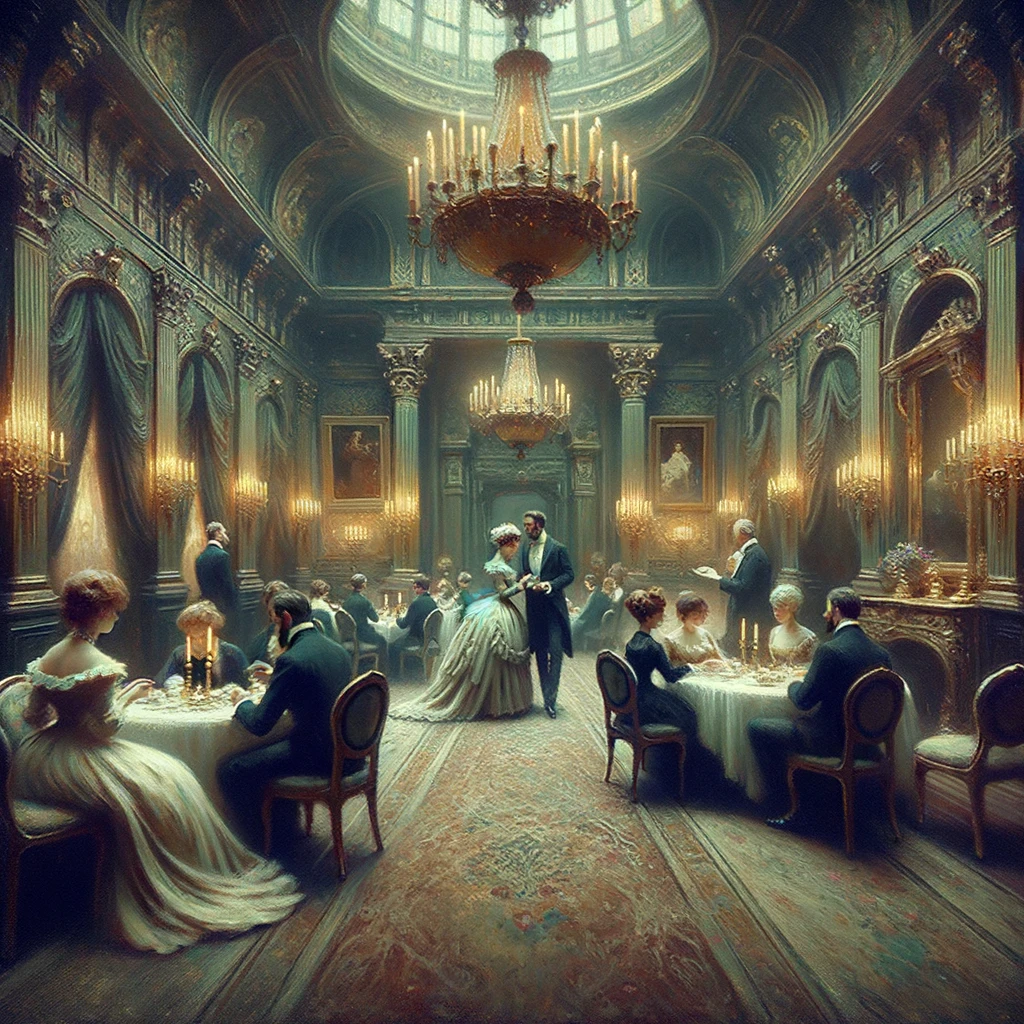
The advent of the “dance card” transformed social gatherings into strategic arenas for potential matches. These small booklets, filled with promised dances, became silent testaments to a lady’s popularity and a gentleman’s persistence. Each carefully penciled name held the promise of a stolen moment, a chance to engage in whispered conversation amidst the swirling bodies and rustling silks.
As the Victorian era drew to a close, the 20th century was poised to revolutionize dating as we knew it.
20th Century Dating: Breaking Traditions
The 20th century ushered in a whirlwind of change, shattering the ancient foundations of courtship. As societal norms shifted, so did the dance of romance. The roaring twenties saw the birth of “dating” as we know it, with young couples venturing out unchaperoned. By mid-century, the advent of automobiles transformed courtship into a mobile affair, giving rise to drive-in movies and lover’s lanes.
The sexual revolution of the 1960s and 70s further upended traditional mores, championing free love and casual encounters. As women entered the workforce en masse, power dynamics in relationships began to equalize. The 1980s and 90s witnessed the rise of singles bars and personal ads, precursors to the digital dating era.
| Decade | Dating Norm | Social Shift | Impact on Relationships |
|---|---|---|---|
| 1920s | “Going steady” | Youth rebellion | Increased autonomy in partner selection |
| 1950s | Drive-in dates | Car culture boom | Greater privacy and intimacy for couples |
| 1960s-70s | Free love | Sexual revolution | Relaxed attitudes towards premarital sex |
| 1980s-90s | Singles bars | Career-focused singles | Emphasis on casual dating and networking |
Each era brought its own unique challenges and freedoms. The evolving landscape of romance reflected broader societal changes, from women’s liberation to the AIDS crisis. As gender roles blurred, so did expectations in relationships. The rise of feminist thought challenged traditional dating scripts, encouraging more egalitarian partnerships.
By the century’s end, the dating world had transformed dramatically. The emergence of LGBTQ+ rights movements broadened definitions of love and partnership. Meanwhile, changing economic realities led to later marriages and a focus on individual growth before settling down.
With traditions broken and new norms established, the stage was set for technology to transform dating once again.
Digital Age Romance: Swiping Right into the Future
In the blink of an eye, the quest for connection has leapt from parchment to pixels. The digital revolution has rewritten the rules of courtship, transforming how we meet, flirt, and fall in love. Gone are the days of ancient rituals and chance encounters; today’s romantics navigate a virtual sea of potential partners with the swipe of a finger.
This technological tsunami has birthed a new lexicon of love, where “ghosting” and “catfishing” are as common as candlelit dinners. The digital arena has become a breeding ground for both meaningful connections and fleeting fancies, reshaping our expectations and behaviors in the pursuit of companionship.
- AI-powered matchmaking algorithms promise to decode the chemistry of compatibility
- Virtual reality dates offer immersive experiences without leaving home
- Blockchain technology ensures transparency in online dating profiles
- Gamification elements in dating apps turn the search for love into a captivating quest
- Geo-location features facilitate spontaneous meet-ups based on proximity
- Sentiment analysis tools gauge emotional compatibility from text exchanges
- Video chat integration allows for face-to-face interactions before meeting in person
Yet, amidst this digital whirlwind, the essence of human connection remains unchanged. The butterflies in one’s stomach during a first date are just as real, whether sparked by a witty bio or a chance encounter. As we navigate this brave new world of digital romance, we’re learning to balance the efficiency of technology with the ineffable magic of human interaction.
Recent studies show that 40% of couples now meet online, a testament to the digital dating revolution. However, this shift brings new challenges, including decision fatigue from endless options and the pressure to craft the perfect online persona.
As we swipe our way through modern romance, let’s consider the impact of this digital revolution on our love lives.
The Pros and Cons of Digital Dating
In the digital realm, Cupid’s arrow has been replaced by algorithms and swipes, transforming the landscape of love. This ancient dance now unfolds on screens, offering unprecedented access to potential partners. The allure of digital dating lies in its convenience and breadth, allowing connections across vast distances and diverse backgrounds. Yet, this virtual matchmaking also brings new challenges.
The abundance of choices can lead to decision paralysis, with endless profiles fostering a “grass is always greener” mentality. The ease of ghosting and superficial interactions may hinder genuine connection formation. Privacy concerns loom large, as personal data becomes currency in the quest for compatibility.
Digital platforms have revolutionized how we find love, but they’ve also altered our expectations of relationships. We’re seeing a paradox where increased connectivity often leads to feelings of disconnection and anxiety in real-world interactions. This shift demands new skills in navigating virtual chemistry and translating it to tangible connections.
Dr. Amelia Chen, a relationship psychologist specializing in digital-age dynamics, notes that while online dating expands opportunities, it also requires emotional intelligence to discern genuine compatibility amidst the digital noise. As we navigate this new frontier, the challenge lies in balancing technological convenience with authentic human connection.
With the present laid bare, what does the future hold for those seeking love in an ever-evolving digital landscape?
The Future of Dating: What’s Next in the Quest for Love?
Peering into romance’s future, we glimpse a captivating fusion of technology and human connection. Imagine AI matchmakers analyzing emotional responses and pheromones alongside profiles. Virtual reality could transport couples to fantastical first dates from home. Genetic compatibility tests might rival swiping right, promising deeper bonds. Yet, the ancient yearning for genuine intimacy endures, driving innovation in our quest for love in this evolving digital landscape.
As we look to the future, let’s address some common questions about the fascinating history of dating.
Frequently Asked Questions About the History of Dating
How did ancient civilizations approach dating and marriage?
In ancient times, marriage often served political or economic purposes. Babylonians auctioned daughters, Egyptians saw unions as divine, and Greeks valued dowries. Chinese relied on matchmakers, while Indians practiced swayamvara, allowing noble women to choose husbands in grand ceremonies.
What was courtly love, and how did it influence medieval dating?
Courtly love, a refined ideal, transformed medieval romance. It elevated emotional bonds over physical desires, inspiring artistic expression. Knights performed heroic deeds to win a lady’s favor, introducing elaborate devotion rituals. This ancient tradition profoundly shaped later romantic notions, influencing Renaissance perspectives on love and marriage.
How did the Industrial Revolution change dating practices?
The Industrial Revolution transformed dating, expanding social circles beyond family networks. Urban migration and factory work fostered new interactions, while increased leisure time and income sparked public outings. This shift laid the foundation for modern romance, breaking ancient traditions.
When did online dating first become popular?
Online dating surged with Match.com’s 1995 debut, challenging ancient norms. This digital revolution offered unprecedented connectivity. By the early 2000s, increased internet access and shifting social attitudes transformed virtual matchmaking into a mainstream phenomenon, reshaping romantic landscapes globally.
How has the concept of consent evolved in dating throughout history?
Consent in dating has evolved dramatically. Ancient arranged marriages ignored individual wishes, but personal choice gradually gained importance. Today, explicit verbal consent is crucial, reflecting broader societal shifts in human rights. This progression emphasizes mutual agreement in intimate relationships, mirroring evolving values.
What impact has social media had on modern dating?
Social media has revolutionized dating, blurring public and private boundaries. Platforms like Instagram offer unprecedented glimpses into potential partners’ lives, influencing attraction assessments. The ancient art of courtship now unfolds through likes and DMs, reshaping how connections form in the digital age.
How have LGBTQ+ dating practices changed over time?
LGBTQ+ dating has evolved dramatically. From ancient times of secrecy to today’s open celebrations, the journey mirrors societal progress. Underground meetups led to discreet bars, then Pride parades. Technology created safe online spaces. Now, diverse identities thrive in a more accepting world.
What role did chaperones play in historical dating customs?
Chaperones acted as vigilant guardians of propriety in historical dating customs. These watchful figures, often older relatives, ensured couples maintained decorum during courtship. Their presence safeguarded reputations and upheld societal expectations, reflecting changing ancient norms across cultures.
How has the average age of marriage changed throughout history?
Marriage ages have fluctuated throughout history. Ancient Rome saw brides as young as 12, while medieval Europe favored unions around 25. The Industrial Revolution lowered ages again, but recent decades show a sharp upward trend, reflecting changing norms and economic factors.
What are some dating traditions that have remained consistent across cultures and time?
Across cultures and time, certain dating traditions endure. The exchange of affectionate tokens, from ancient love poems to modern gifts, remains constant. Shared meals persist as bonding rituals, evolving from formal feasts to casual coffee dates. The excitement of first encounters transcends eras and borders.

